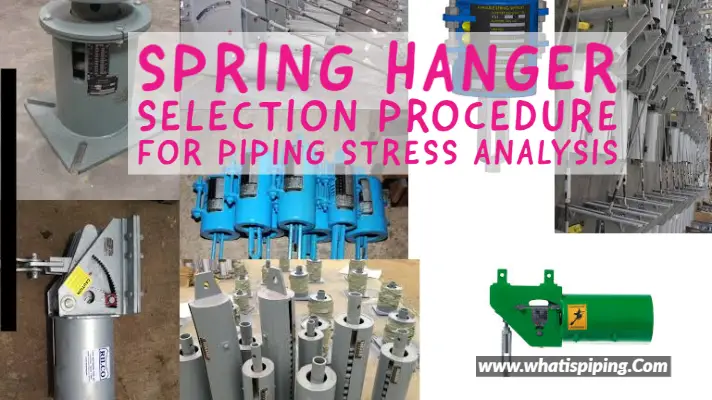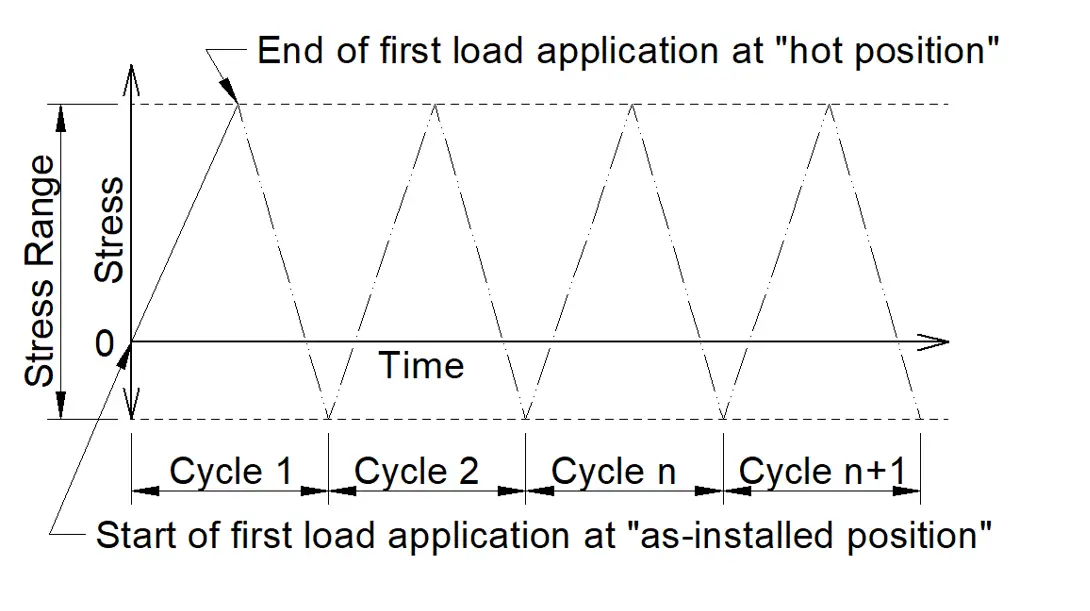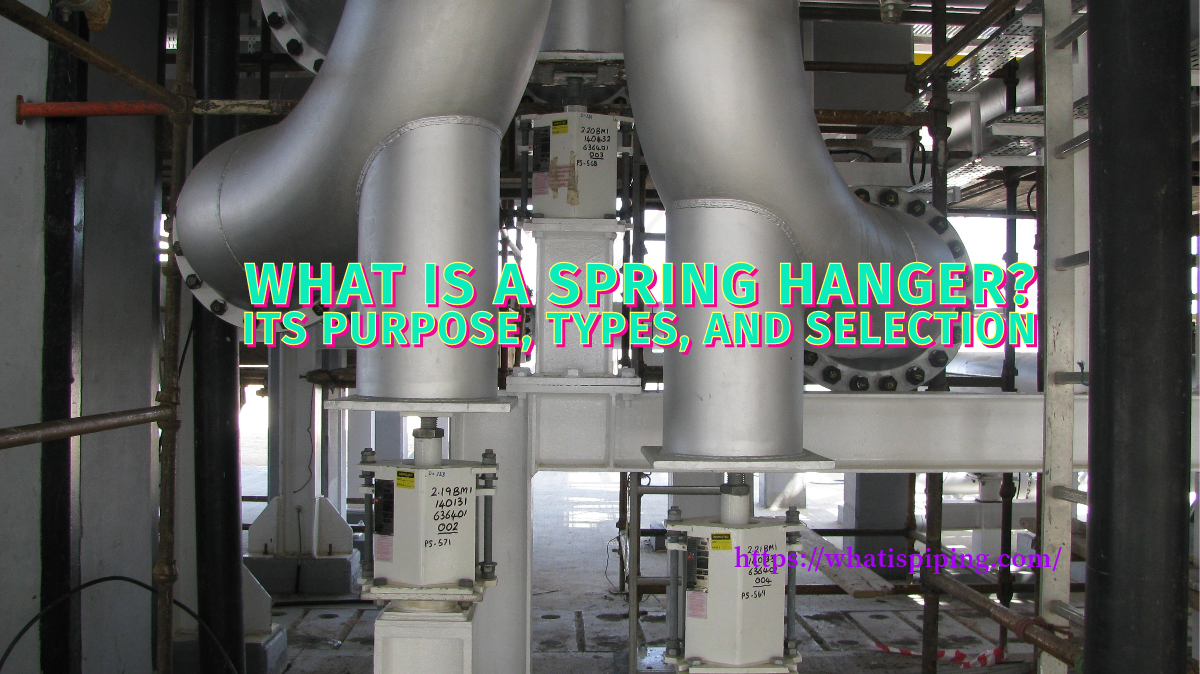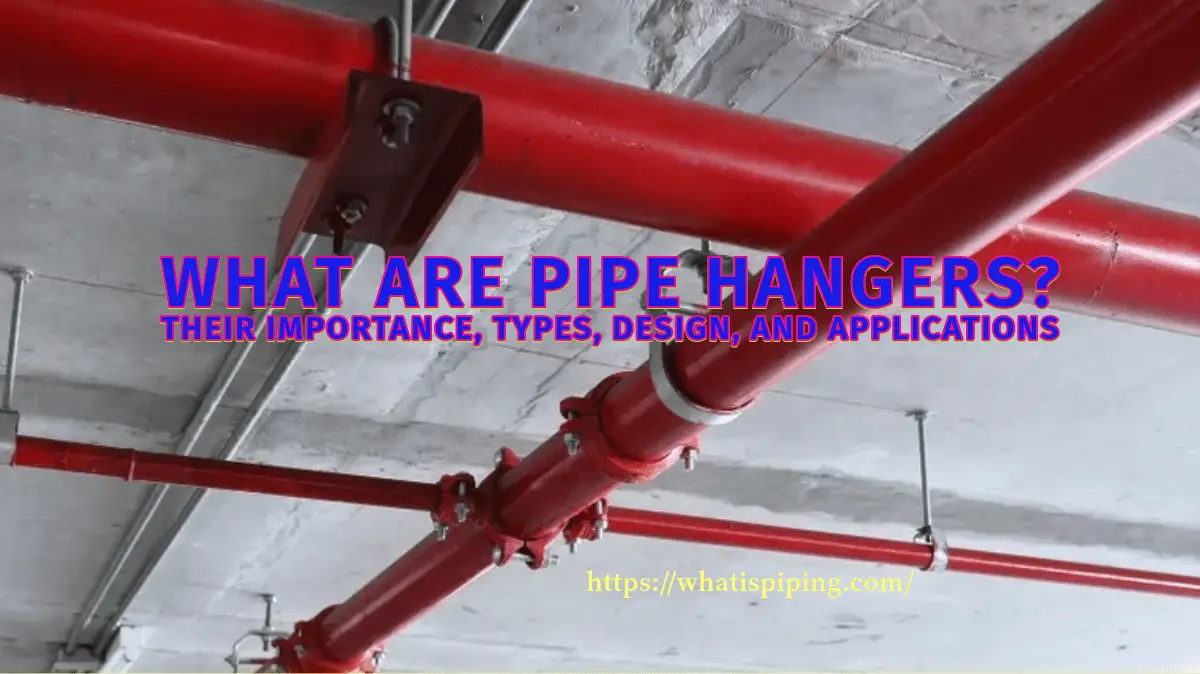Most of the highly critical stress systems employ one or more Spring Hangers in Stress systems. This article explains the frequently asked spring hanger questions with answers:
What is the main difference between Constant and Variable Spring Hanger? When to use these hangers?
Ans: In Constant Spring hanger the load remains constant throughout its travel range. But In variable Spring hangers, the load varies with displacement. Spring hangers are used when thermal displacements are upwards and the piping system is lifted off from the support position.
A variable spring hanger is preferable as this is less costly. Constant springs are used:
- a) When thermal displacement exceeds 50 mm
- b) When variability exceeds 25%
- c) Sometimes when piping is connected to strain-sensitive equipment like steam turbines, centrifugal compressors, etc and it becomes very difficult to qualify nozzle loads by variable spring hangers, constant spring hangers can be used.
What do you mean by variability? What is the industry-approved limit for variability?
Ans: Variability= (Hot Load-Cold load)/Hot load= Spring Constant*displacement/Hot load. The limit for variability for variable spring hangers is 25%.
What are the major parameters you must address while making a Spring Datasheet?
Ans: Major parameters are: Spring TAG, Cold load/Installed load, Vertical and horizontal movement, Piping design temperature, Piping Material, Insulation thickness, Hydrotest load, Line number, etc.
How to calculate the height of a Variable Spring hanger?
Ans: Select the height from the vendor catalog based on spring size and stiffness class. For the base-mounted variable spring hanger, the height is mentioned directly. It is the spring height. For top-mounted variable spring hangers ass spring height with turnbuckle length, clamp/lug length, and rod length.
Can you select a proper Spring hanger if you do not make it program defined in your software? What is the procedure?
Ans: In your system first decide the location where you want to install the spring. Then remove all nearby supports which are not taking the load in the thermal operating case. Now run the program and the sustained load on that support node is your hot load. The thermal movement in that location is your thermal movement for your spring. Now assume a variability for your spring. So calculate Spring constant=Hot load*variability/displacement. Now with spring constant and hot load enter any vendor catalog to select a spring inside the travel range.
Why horizontal displacement is specified in the datasheet? What will you do if the angle due to displacement is more than 4 degrees?
Ans: For bottom-mounted springs it is mentioned to avoid large spring bending by frictional force and displacement. So that additional measures can be taken to lower frictional force by providing PTFE/graphite slide plate. For top-mounted spring hangers horizontal displacement is mentioned to check angularity of 4 degrees to reduce transmission of horizontal force to piping systems as spring hangers are designed to take the vertical load only. If the angle becomes more than 4 degrees due to large horizontal movement then install the spring hanger in an offset position so that after moving the angle becomes less than 4 degrees.
Which spring will you select for your system: Spring with low stiffness or higher stiffness and why?
Ans: Springs with lower stiffness provide less load variation for the same travel. So this spring is a better choice than a spring hanger with higher stiffness.
Few more useful Resources for you…
Technical and General requirements for Spring Hangers while purchasing.
TBE of vendor Spring hangers: Main points to consider before placing an order
Spring hangers: Common Interview Questions with Answers
Spring hanger selection and design guidelines for a Piping engineer using Caesar II
Basics of Pipe Stress Analysis









Please, Upload the images
Sir,
I have seen your post from last month, it is very useful for me and also i have a doubt reg. spring hanger height, how to fix maximum height for TOP LOADED VARIBLE & CONSTANT SPRING HANGER when we taking from existing
Thanks & regards
M.Mahesh
Mobile :9962139285